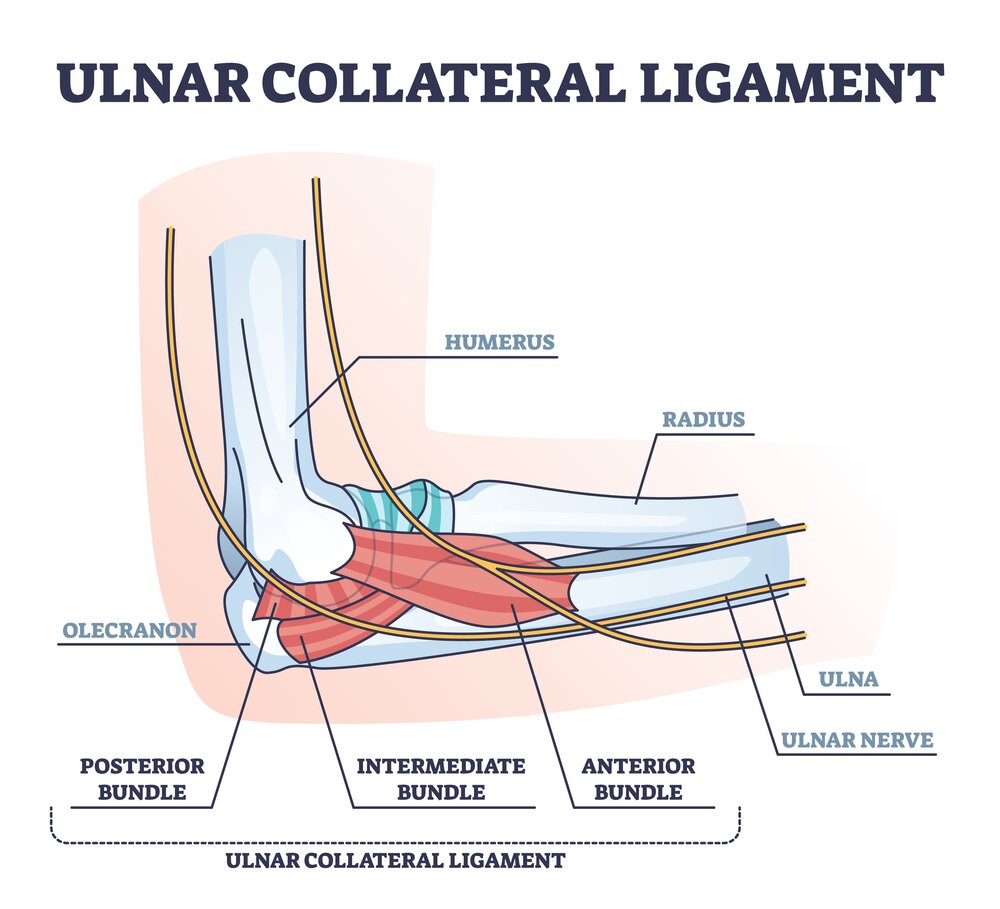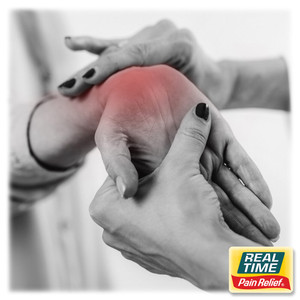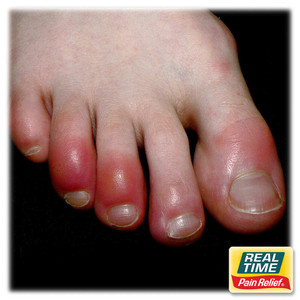The Pitcher's Plight: Navigating UCL Tears in Baseball
2nd Jan 2024
Baseball, America's pastime, is a sport characterized by grace, strategy, and explosive moments on the field. However, behind the scenes, especially for pitchers, lies a prevalent and formidable foe — Ulnar Collateral Ligament (UCL) tears. This article delves into the distinctive challenge that baseball pitchers face, exploring the prevalence, impact, and avenues for prevention and recovery associated with UCL tears.
UCL Tears in Baseball: The Pitcher's Predicament
The UCL is a crucial ligament located on the inner side of the elbow, stabilizing the joint during the overhead throwing motion. Baseball pitchers, with their repetitive and forceful throwing actions, are particularly prone to UCL tears. The condition has become colloquially known as "Tommy John Injury," named after the first baseball player to undergo the revolutionary UCL reconstruction surgery.

Prevalence and Impact: The Toll on Pitchers
●Repetitive Stress: The pitching motion involves a complex interplay of muscles, tendons, and ligaments. The UCL, subjected to repetitive stress during each throw, can succumb to wear and tear over time.
●High Incidence among Pitchers: Studies indicate a disproportionate incidence of UCL tears among baseball pitchers compared to other positions. The demand for high-velocity throws and breaking pitches places immense strain on the elbow joint.
Understanding Tommy John Surgery: A Ray of Hope
●The Surgical Solution: Tommy John surgery, or UCL reconstruction, involves replacing the damaged ligament with a tendon graft, often harvested from the patient's forearm or hamstring. The procedure has become a game-changer, enabling many pitchers to resume their careers successfully.
●Extensive Rehabilitation: Post-surgery, pitchers undergo rigorous rehabilitation to regain strength, flexibility, and proper mechanics. The recovery process is meticulous, spanning several months to a year.

Prevention Strategies: Safeguarding Pitchers' Arms
●Pitch Count Management: Strict pitch count limits, especially for young pitchers, are crucial in preventing overuse and reducing the risk of UCL tears. This preventive measure emphasizes the importance of rest and recovery.
●Proper Mechanics Training: Coaches and trainers play pivotal roles in educating pitchers about proper throwing mechanics. Addressing flaws in the pitching motion can help alleviate excessive stress on the UCL.
●Strength and Conditioning: Comprehensive strength and conditioning programs, focusing on the entire kinetic chain, can enhance a pitcher's overall fitness and reduce the strain on the elbow.
Resources and References: A Deeper Dive into UCL Tears
For those eager to delve into the complexities of UCL tears in baseball, a range of reputable resources provide valuable insights:
American Journal of Sports Medicine:
●Epidemiology of Ulnar Collateral Ligament Reconstruction in Major and Minor League Baseball Pitchers
MedlinePlus (U.S. National Library of Medicine):
●Ulnar Collateral Ligament Reconstruction (Tommy John Surgery)
Journal of Orthopaedic & Sports Physical Therapy:
●Ulnar Collateral Ligament Injury in the Overhead Athlete: A Current Concepts Review
These resources offer a wealth of information, from the epidemiology of UCL tears to insights into the surgical and rehabilitation aspects. Staying abreast of the latest research is vital for players, coaches, and healthcare professionals alike as they strive to safeguard the health and longevity of pitchers' arms in the intricate world of baseball.





